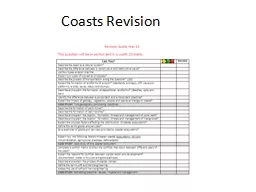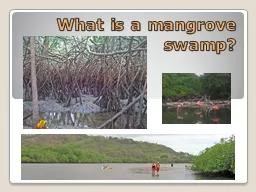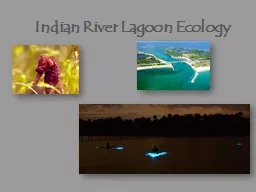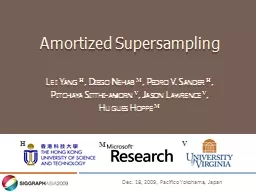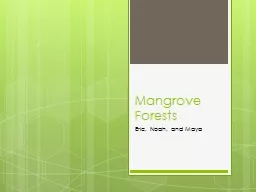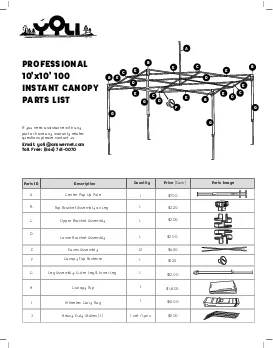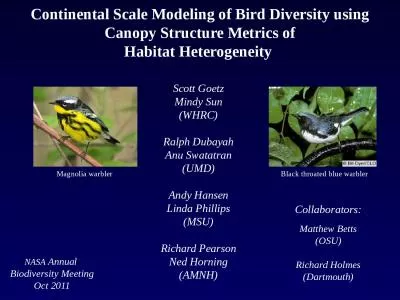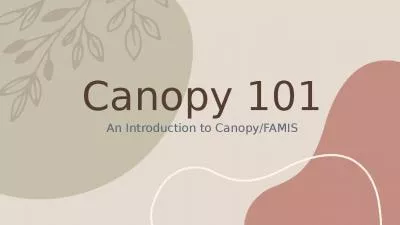PPT-Subpixel Measurement of Mangrove Canopy Closure from High Resolution RS Imagery
Author : stefany-barnette | Published Date : 2020-01-07
Subpixel Measurement of Mangrove Canopy Closure from High Resolution RS Imagery Minhe Ji 12 Jia Hu 1 Jing Feng 1 1 Key Lab of GIScience East China Normal Univ
Presentation Embed Code
Download Presentation
Download Presentation The PPT/PDF document "Subpixel Measurement of Mangrove Canop..." is the property of its rightful owner. Permission is granted to download and print the materials on this website for personal, non-commercial use only, and to display it on your personal computer provided you do not modify the materials and that you retain all copyright notices contained in the materials. By downloading content from our website, you accept the terms of this agreement.
Subpixel Measurement of Mangrove Canopy Closure from High Resolution RS Imagery: Transcript
Download Rules Of Document
"Subpixel Measurement of Mangrove Canopy Closure from High Resolution RS Imagery"The content belongs to its owner. You may download and print it for personal use, without modification, and keep all copyright notices. By downloading, you agree to these terms.
Related Documents

